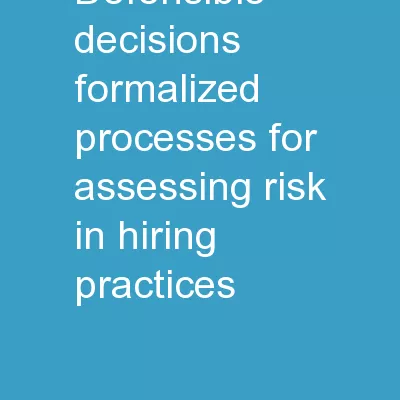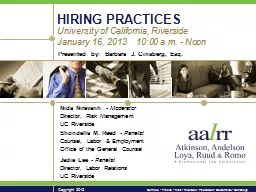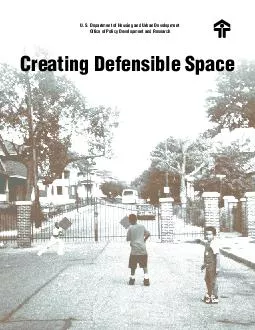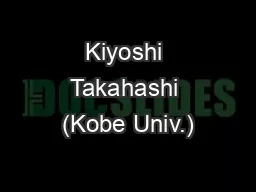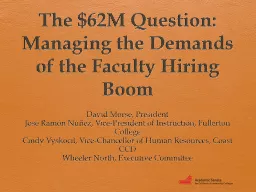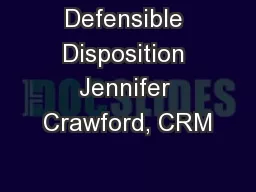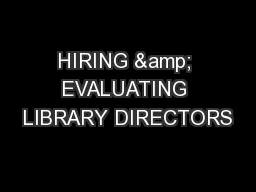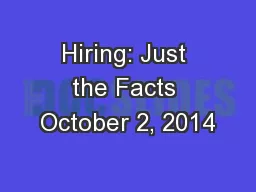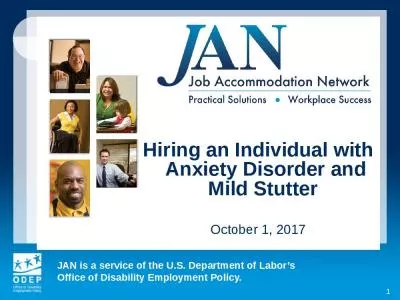PPT-Defensible Decisions: Formalized Processes for Assessing Risk in Hiring Practices
Author : tawny-fly | Published Date : 2018-12-24
Megan C Kurlychek Shawn D Bushway Garima Siwach and Megan Denver University at Albany This research was supported by award 2012MUMU0048 from the National Institute
Presentation Embed Code
Download Presentation
Download Presentation The PPT/PDF document "Defensible Decisions: Formalized Proce..." is the property of its rightful owner. Permission is granted to download and print the materials on this website for personal, non-commercial use only, and to display it on your personal computer provided you do not modify the materials and that you retain all copyright notices contained in the materials. By downloading content from our website, you accept the terms of this agreement.
Defensible Decisions: Formalized Processes for Assessing Risk in Hiring Practices: Transcript
Download Rules Of Document
"Defensible Decisions: Formalized Processes for Assessing Risk in Hiring Practices"The content belongs to its owner. You may download and print it for personal use, without modification, and keep all copyright notices. By downloading, you agree to these terms.
Related Documents

